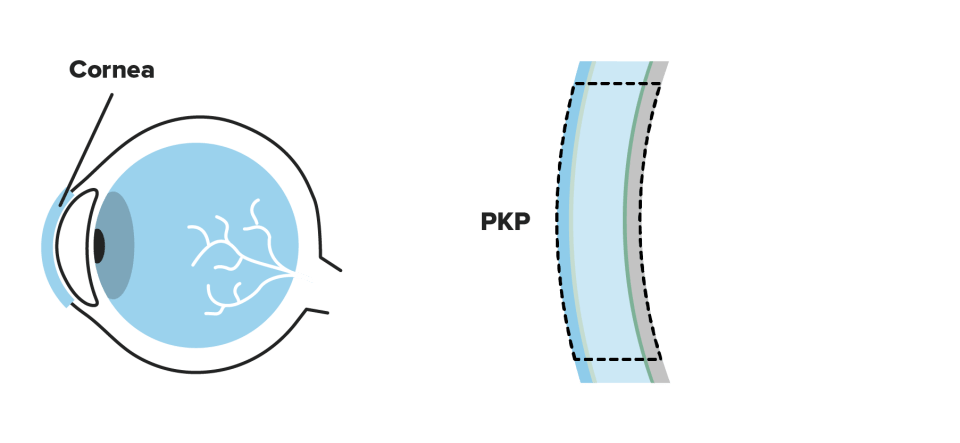Substantiated information by:

Gloria Ferrer
Nurse

Jorge Peraza Nieves
Ophthalmologist
Published: 27 November 2019
Updated: 27 November 2019
Subscribe
Receive the latest updates related to this content.
Thank you for subscribing!
If this is the first time you subscribe you will receive a confirmation email, check your inbox
An error occurred and we were unable to send your data, please try again later.
